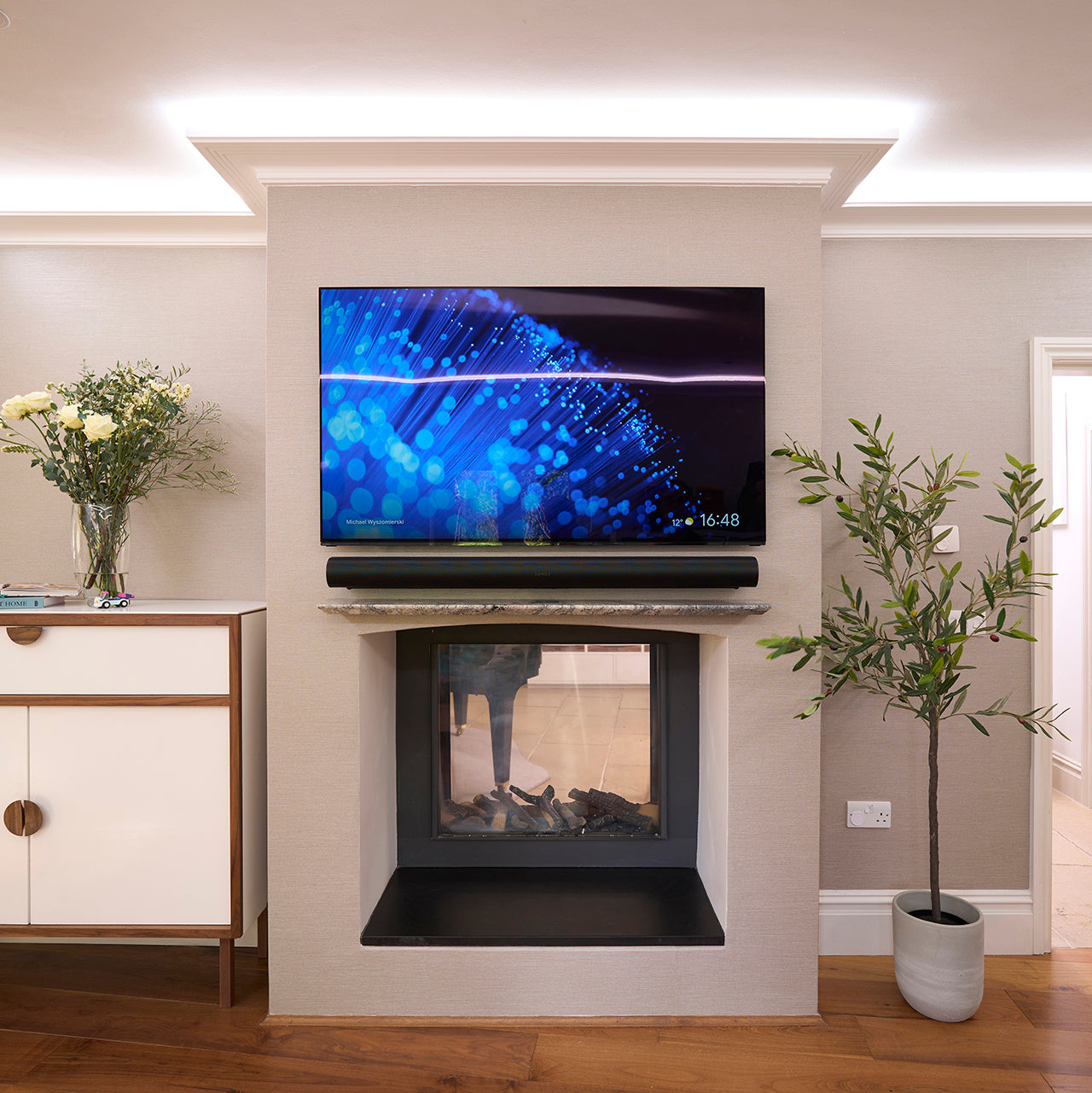MUSINGS, INSPIRATIONS, RECIPES, FEATURES & MORE
LATEST / INTERIORS INSPIRATION / COUNTRY & PERIOD HOUSE GUIDES / MUSINGS / SUSTAINABILITY / FEATURES / HEALTHY LIVING
STYLES WE LOVE : JAPANDI INTERIOR DESIGN
The design world has fallen in love with Japandi, a captivating style that seamlessly blends the minimalist elegance of Japanese design with the warmth and comfort of Scandinavian hygge. It's a style that exudes serenity, sophistication, and a deep connection to nature.

Image left: Pine House Design. Image right: Esmael Abdelhamed
THE ORIGINS OF JAPANDI
The origins of Japandi interior design can be traced back to the late 19th century, when Scandinavian designers began traveling to Japan and were inspired by the country's unique aesthetic. They were particularly drawn to the Japanese emphasis on simplicity, craftsmanship, and natural materials. After World War II, Nordic modernism became increasingly popular around the world. This led to a renewed interest in Japanese design, and the two styles began to merge even further. In the early 2000s, the term "Japandi" was coined to describe this new hybrid style. Japandi interior design is characterized by its simplicity, functionality, and focus on natural materials. It is a sustainable choice, as it emphasises the use of timeless design and materials that can last for many years.

Image left: Mechta Interiors. Image right: DeMuro Das

THE KEY CHARACTERISTICS OF JAPANDI
Japandi is not just a mix of two styles; it's a cohesive aesthetic that embodies the essence of both Japanese and Scandinavian design. Here are some of the key characteristics that define Japandi:
Neutral Colour Palette: Japandi interiors typically feature a calming and serene palette of neutral colours, often incorporating earthy tones like whites, creams, beiges, and grays. These understated hues provide a blank canvas for showcasing natural materials and creating a sense of tranquility.
Natural Materials: Wood, stone, bamboo, and linen are some of the most common natural materials used in Japandi interiors. These materials not only add warmth and texture to the space but also foster a connection with nature.
Clean Lines and Minimalist Furniture: Japandi furniture is typically characterised by clean lines, uncluttered shapes, and functional simplicity. This approach creates a sense of spaciousness and tranquility, allowing the natural beauty of materials and the overall design to shine through.
Minimalism and Organisation: Embracing minimalism is a cornerstone of Japandi design. This philosophy encourages reducing clutter and creating uncluttered spaces that promote peace and relaxation.
Wabi-sabi and Imperfect Beauty: Wabi-sabi, a Japanese philosophy that embraces imperfection and the beauty of the natural world, is another key element of Japandi design. This philosophy is reflected in the use of weathered or distressed materials, such as reclaimed wood or antique furniture, which add character and authenticity to the space.
Hygge and Comfort: Hygge, a Danish concept that promotes comfort, cosiness, and togetherness, is also an integral part of Japandi design. This is reflected in the use of soft textiles, such as throws, pillows, and blankets, and in the creation of inviting seating areas.
Lighting is Key: Lighting plays a crucial role in creating a Japandi ambiance. Natural light is a key element, and windows should be maximized to allow ample light to flood the space. Additionally, indirect lighting, such as sconces and floor lamps, can be used to create a warm and inviting atmosphere.
Accessorising with Thought: Japandi interior design emphasizes thoughtful accessorising. Choose accessories that reflect your personal style and add a touch of personality to the space. Consider using handcrafted items, natural elements, and artwork that complements the Japandi aesthetic.

Image left: Aagnes. Image right: Huber
CREATING A JAPANDI HAVEN IN YOUR HOME
Incorporating Japandi design principles into your home can transform your living space into a haven of serenity, style, and comfort. Here are some tips to get you started:
Embrace a Neutral Color Palette: Start with a neutral base by painting your walls in soothing shades of white, cream, beige, or grey. This will provide a blank canvas for the rest of the design.
Introduce Natural Materials: Infuse your home with natural materials like wood, stone, bamboo, and linen. These materials will add warmth, texture, and a connection to nature. Use wood for flooring, furniture, and accents; stone for countertops and fireplaces; bamboo for blinds and flooring; and linen for curtains, throws, and upholstery.
Choose Simple and Functional Furniture: Opt for furniture with clean lines and uncluttered shapes. Look for pieces that are made from natural materials and have a minimalist aesthetic.
Incorporate Textures: Create visual interest and add depth to your space by incorporating different textures, such as woven baskets, textured throws, and patterned rugs.
Honor Wabi-sabi: Embrace the beauty of imperfection by incorporating vintage pieces, weathered wood, or natural elements with unique characteristics.
Promote Comfort: Create inviting seating areas with cosy textiles, soft throws, and comfortable pillows.
Emphasize Natural Light: maximize natural light by using large windows and skylights. Supplement with indirect lighting to create a warm and inviting atmosphere.
By incorporating these elements into your home, you can create a Japandi oasis that reflects your personal style and provides a calming haven.




